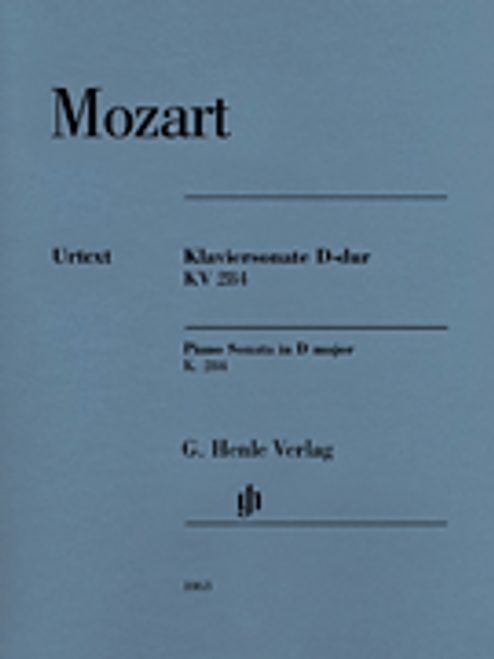Product Overview
Published by G. Henle Verlag. This A minor Sonata suddenly opens a new world. Einstein may well have been right in assuming that the Sonata was written under the weight of Mozart’s grief at his mother’s death in Paris. FIRST MOVEMENT The first movement is marked “Allegro maestoso”, and the opening theme is indeed truly majestic: its dotted rhythms were formerly understood to imply majesty. The texture is orchestral in its fullness, and the relentless pulsing of the accompanying chords suggest majesty of a demonic and sinister kind. The first movement constantly alternates between anguish and resignation. Instead of a cantabile second theme (starting in measure 23) Mozart chose consistent semiquaver movement, followed by a two-part counterpoint passage in the left hand from measure 28 on. The last five measures of the exposition recall the dotted rhythm of the first subject. In the development, a storm breaks out; this passage is without parallel or precedent in Mozart’s piano works. The sudden dynamic contrasts between ff and pp and again ff, which Mozart prescribes here, foreshadow outbursts in Beethoven’s Sonatas. The two diminished-seventh chords in measures 126-7 heighten the expression of tragedy – a typical implication of this chord during the classical period. SECOND MOVEMENT The second movement of this Sonata (in F major) is marked Andante cantabile con espressione. This should be played with dignity, for unlike the warmth and grace of Mozart’s usual slow movements in a major-key, it displays a restrained passion. A second theme (m. 15 f.) recalls with its repeated notes the second subject of the Andante movement of the Symphony in A major, K 201. The development starts with a solemn elaboration of the opening theme and grows in intensity up to the climax at measures 43 49, again one of the most anguished passages in Mozart’s piano works, recalling thus the passionate expression found in the middle section of the preceding first movement. The recapitulation returns finally to the solace of the first subject. THIRD MOVEMENT The final movement, a Presto, reverts to the foreboding of the first movement; but instead of presenting the drama with the help of an orchestral texture, this finale gives a more subdued image of the underlying mood of tragedy. Mozart, unlike Beethoven, rarely resolved his minor-key works into radiant major finales; he seldom allows joy to conquer tragedy. Most of his minor compositions return to the spirit of the opening, as they do here. This Presto is one of the most desolate movements Mozart ever wrote, with its remarkable fluctuations between resignation and defiance and only a single subtly illuminating shaft of A major, a fleeting Fata Morgana.







